We drive, kid-free, through the silent Wisconsin countryside. Clouds hang silver and heavy over the corn and soy fields. The occasional tractor turns earth, the sporadic cow chews cud, the episodic cyclist scowls.
Yeah, sorry about my use of the thesaurus here, but I couldn’t help myself, not when I saw “odd” is a synonym for “occasional.” For amongst the normal, humdrum sights in rural Wisconsin, Bo and I are going to a truly odd place. One of the oddest in all the States, in fact.
Bo finds just the right music for our mission.
“What I want to know,” Bo ponders as we park, “is why no Bond villain ever stationed himself here.”
I nod. Christopher Lee’s funhouse set-up in The Man with the Golden Gun has nothing on this house.
No, the house.
Like Dylan Thuras (in the above video), I also grew up hearing the tale that world-famous architect–and Wisconsin’s own!–Frank Lloyd Wright had spurned Alex Jordan’s own architectural designs, motivating son Alex Jordan Jr. to build The House atop a natural tower called Deer Shelter Rock…an area less than ten miles away from Taliesin. The tale is likely a crock, and yet…you know, why else would you build so flippin’ close to each other?
I’d only visited The House on the Rock once in my teen years. It’s the sort of place that sticks with you no matter who you are or where you’re from; one visit affected Neil Gaiman so deeply he set a piece of American Gods at The House on the Rock–and yes, they even filmed an episode of the television series there.
Sadly, my phone’s camera cannot do this place justice at ALL, but I do have a few snaps I can share mixed among the far better photos on the Internet.







One of the major architectural highlights is the Infinity Room.

It ain’t exactly a place you want to walk in when lots of people are there–it heats quickly, and, um, wobbles a bit. Still, I managed to get a shot with Bo while the natural light was good.


Once you exit the Original House and Gate House, things start to get really weird.
Ah, the vicious Lake Superior Squid duals with the tempestuous Duluth Whale of Doom.
(Them’s the jokes, folks. For legit humor writing, talk to Bo.)


Would it surprise you to know that tiny children sobbed as their parents dragged them by the whale’s teeth? I sure couldn’t blame’em–I was freaked out when I first saw all this, and I was old enough to drive a car. Bo, bless him, humors me as I grip his arm tight enough to leave a mark as we descend…yes, we not only have to climb up and around this mouth–we have to do it aaaaall again to get out.
The Streets of Yesterday’s a touch more tame. It reminds me of the Streets of Old Milwaukee exhibit at the Public Museum–a quiet, created thoroughfare.

With dolls. Lots of dolls.

Oh, I’ll get to the dolls. Just you wait.
Anyway, here we transition with a big ol’ organ into room, after room, after room, of these giant orchestral mechanics.
:quality(75)/curiosity-data.s3.amazonaws.com/images/content/landscape/standard/1f6b5401-5dcd-4577-91f6-a2555a8a1825.jpg)
Mechanical orchestrics.


You get me.

This place just goes on….and on…and on…you move from room to room, warehouse to warehouse. You walk on yet another street of yesterday dedicated to cars, hot air balloons, airplanes. You pass hundreds of trinkets and trunkets of store displays, guns, circuses, dollhouses, DOOOOOOLLS, pipes, ivory carvings, costume jewelry, armor. Battle scenes complete with armored elephants and dogs.
Did I mention the dolls? Like the giant carousel FILLED with dolls?


And then there’s the room with the world’s largest indoor carousel.



In case you’re wondering what’s hanging from the ceiling, those are mannequin angels. Dozens, upon dozens, of mannequin angels.

Why?
Probably to fend off Satan from eating people.

I walked down Satan’s gullet, stumped.
“What’s wrong?” Bo asks as we step out onto Inspiration point.
The sudden exit from hours among electric candelabras and mannequins makes my head hurt a little, but the foliage and peace of the forest around us more than make up for it. We’re at Inspiration Point, or Deer Shelter Rock. You can just see the Infinity Room behind the trees.
We must have missed something, I say, staring at a lone red barn on the far hillside (that I failed to get a picture of–sorry!). Wonder what that farmer thought, watching AJ Jr. haul materials and build his crazy concocted collection year after year after year. Did that farmer pay to take a tour like so many others in the 60s? Or did he just wave it off as so many ol’ Wisconsinites do and get back to the plow?
“How?” Bo takes a swig of apple juice as we sit on a bench. It’s our first break in three hours of walking, as our bodies are quick to tell us. “There’s only one way through this whole thing. The staff haven’t let us go off-course. What could we have missed?”
I grimace at the glass wall behind us. “We didn’t see the Four Horsemen of the Apocalypse.”
Bo rolls his eyes. He doesn’t remember the Horsemen from his childhood visits, and has been skeptical of their existence. “Well we’re not done yet.”
But how much left can there be? I ask for my curiosity…and my legs.
“We gotta double-back for another level and…yeah, the map here shows we’ve got a whole ‘nother room yet.”
Oh goody.
But I promptly told my leg cramps to shut up once we got there.

This is, by far, my favoritist place at The House on the Rock.




Pillars–no, trees of drums and lights with delicate, narrow stairwells that wound and wound like vines. It was an other-worldly realm, a land of machine and music bathed in softly lit scarlet. It was a sort of room where you knew, you knew, magic awakens when the right song is played.
But alas, we had to move on. There was but one more pathway to the exit out, a pathway that went around the top of the carousel…
…and there they were.

Gaaaaaaaaaaaaaaaaaaaah that walkway is so close to these guys Bo could literally reach out and touched Death–
–not that he does, thank goodness.
At last, we find ourselves back by the Japanese Garden and the exit from this one-of-a-kind place.

If Life’s Road ever brings you into Wisconsin, you must find a detour, any kind of detour to bring you to this place. It’s a day you’ll not soon forget, I promise you.
Want more information on this peculiar place? Check out the book The House on the Rock by Alex Jordan.
Fangirl Quest and Web Urbanist have amazing photo collections on The House on the Rock I only partly pillaged for this post. Check them out!
I think every land’s got to have a place like this–not something like The House on the Rock per say, but that unique oddity, that portal where the boundaries between reality and fantasy are frayed, and you can feel magic hum in the air you breathe. What would you say is your land’s portal to an Other-Where? Let’s chat in the comments below!
~STAY TUNED NEXT WEEK!~
The House on the Rock isn’t the only place to inspire a story. I utilized a bit of history from the Mississippi River Valley to help me write my upcoming release, the novella Night’s Tooth. You can read about it here, and pre-order it for just 99 cents here! The novella officially launches next Thursday the 29th, when I share my study of Charlaine Harris’ own fantasy western, An Easy Death. Don’t miss it!

Read on, share on, and write on, my friends!
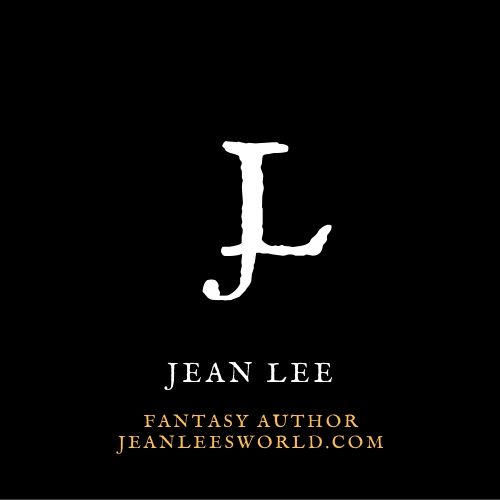









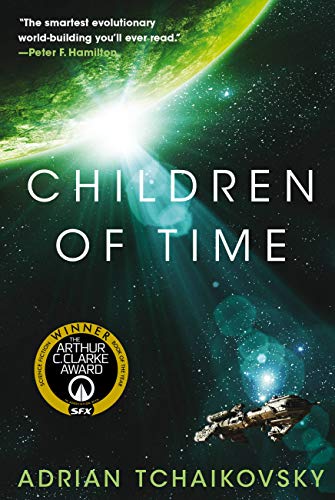


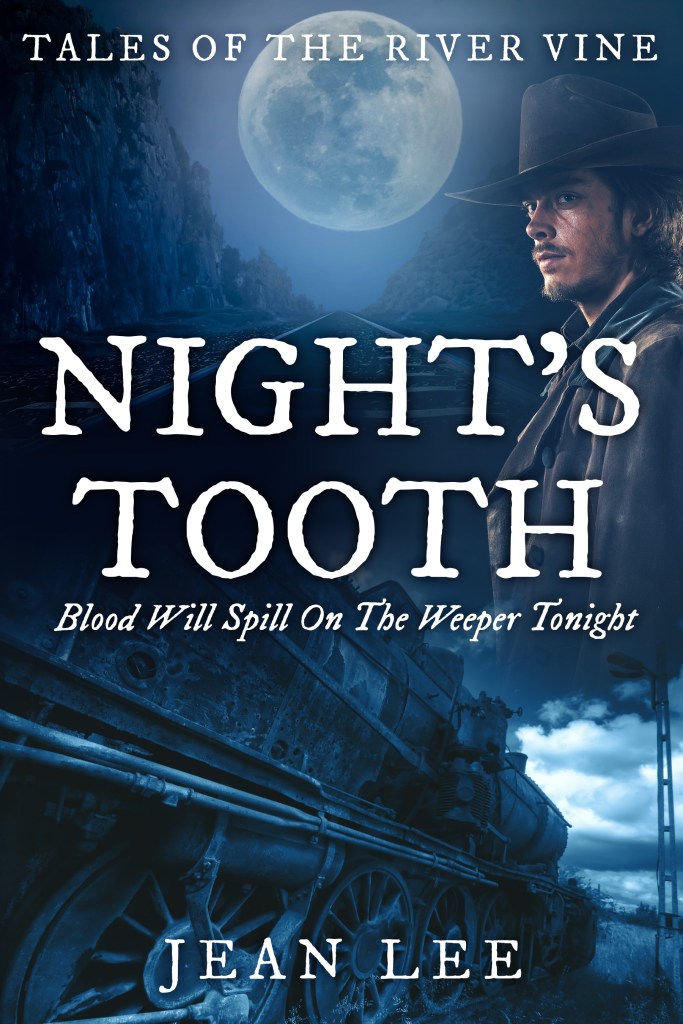


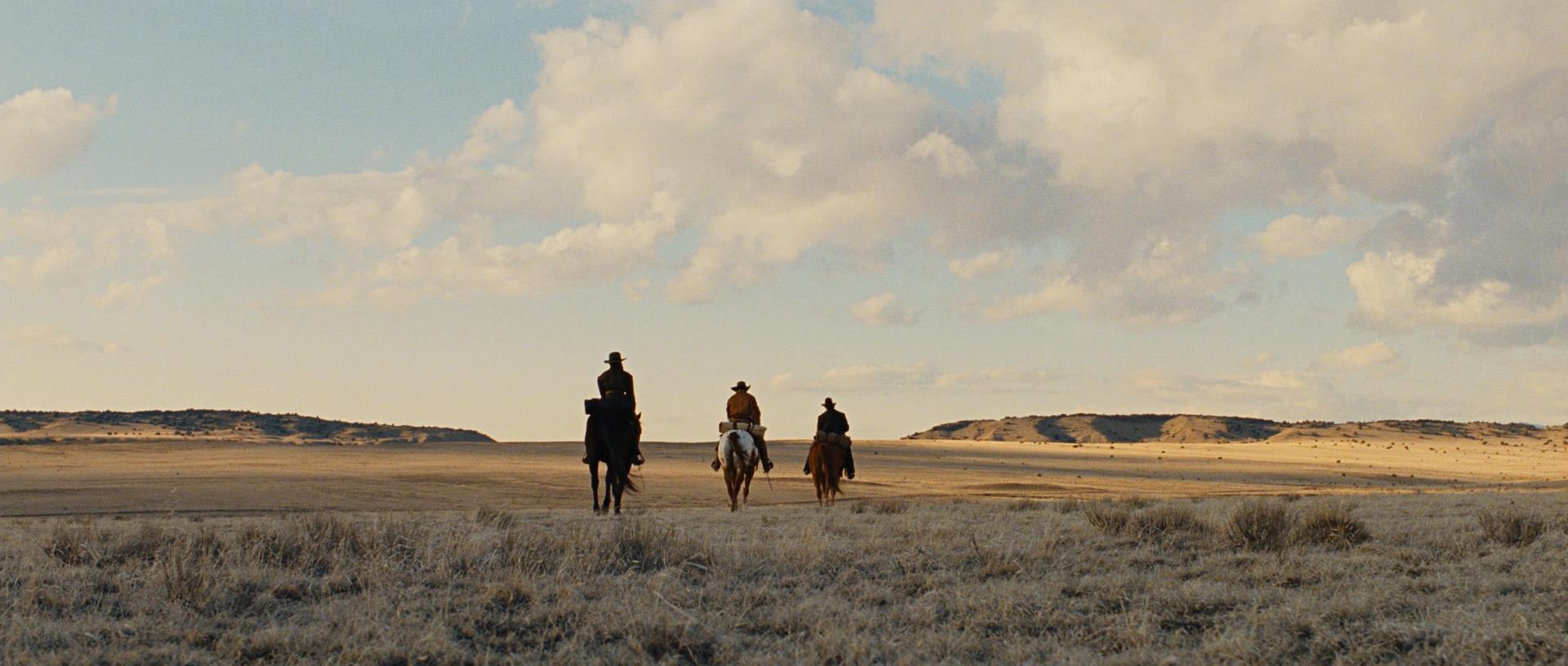
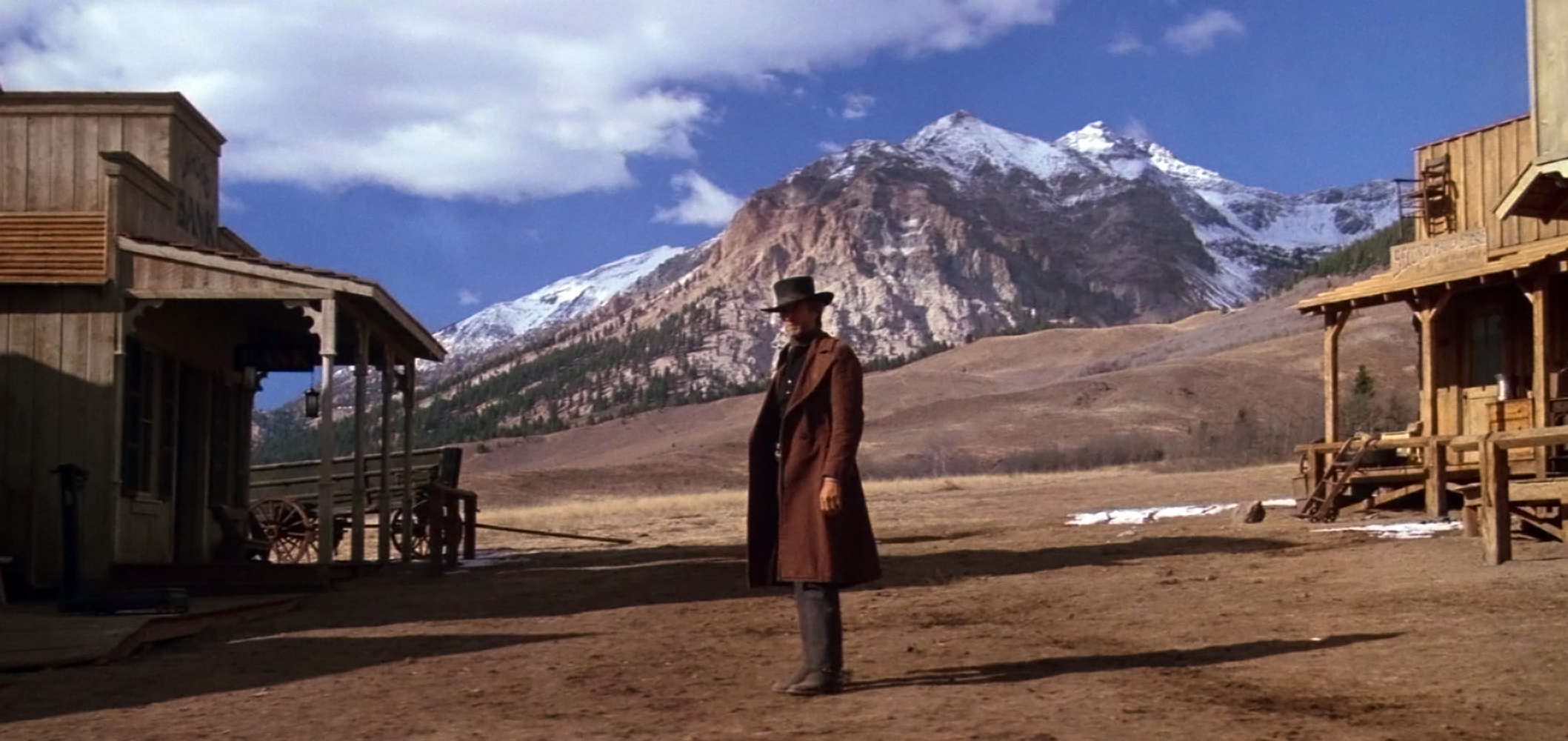

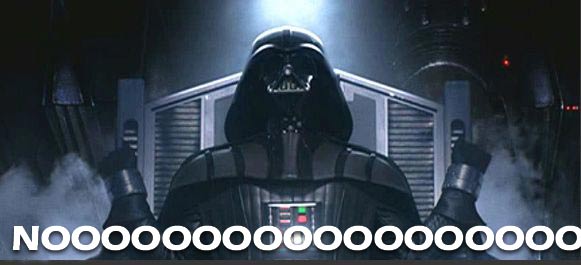
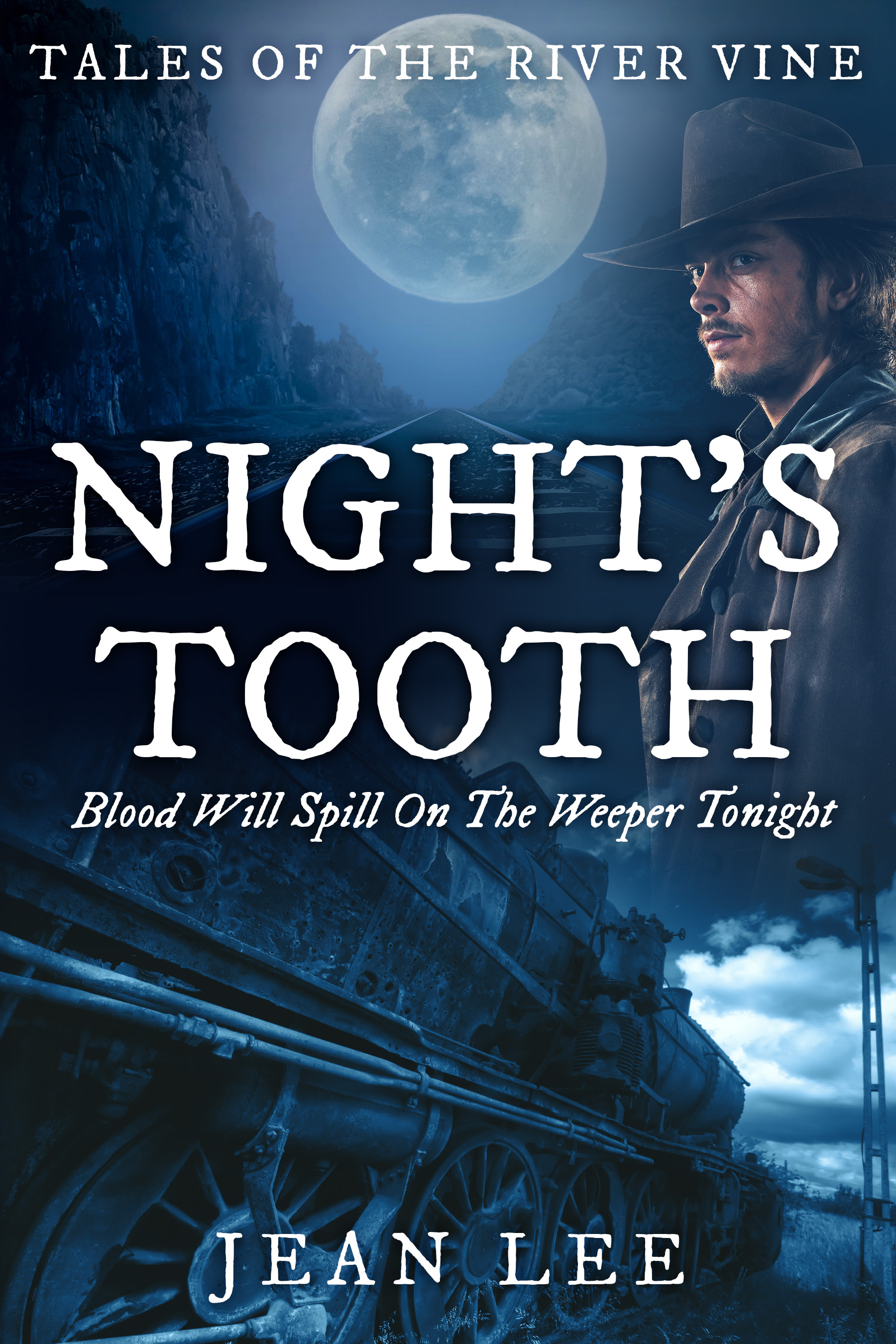







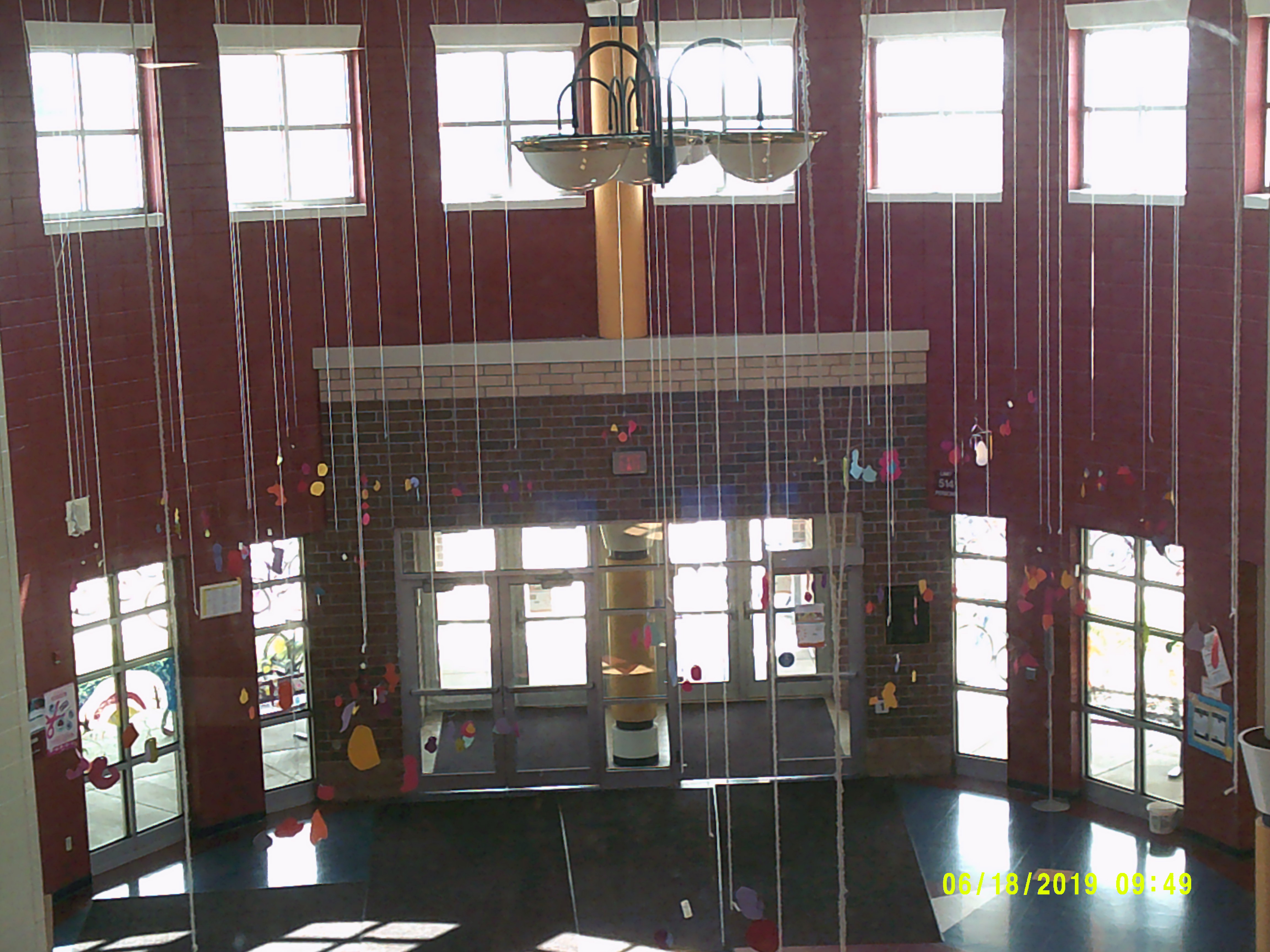









:format(jpeg):mode_rgb():quality(90)/discogs-images/R-3187775-1319673383.jpeg.jpg)


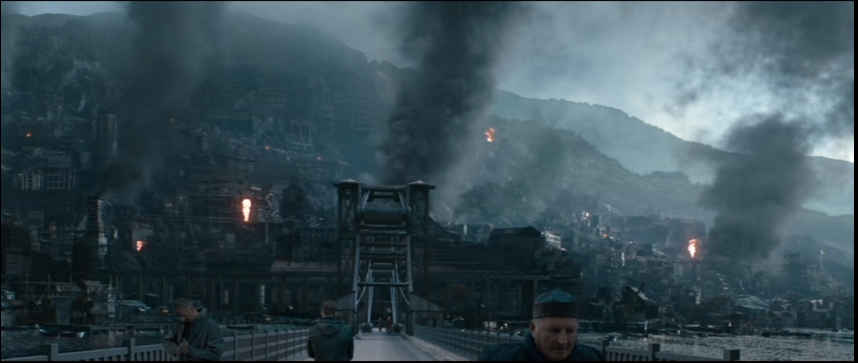
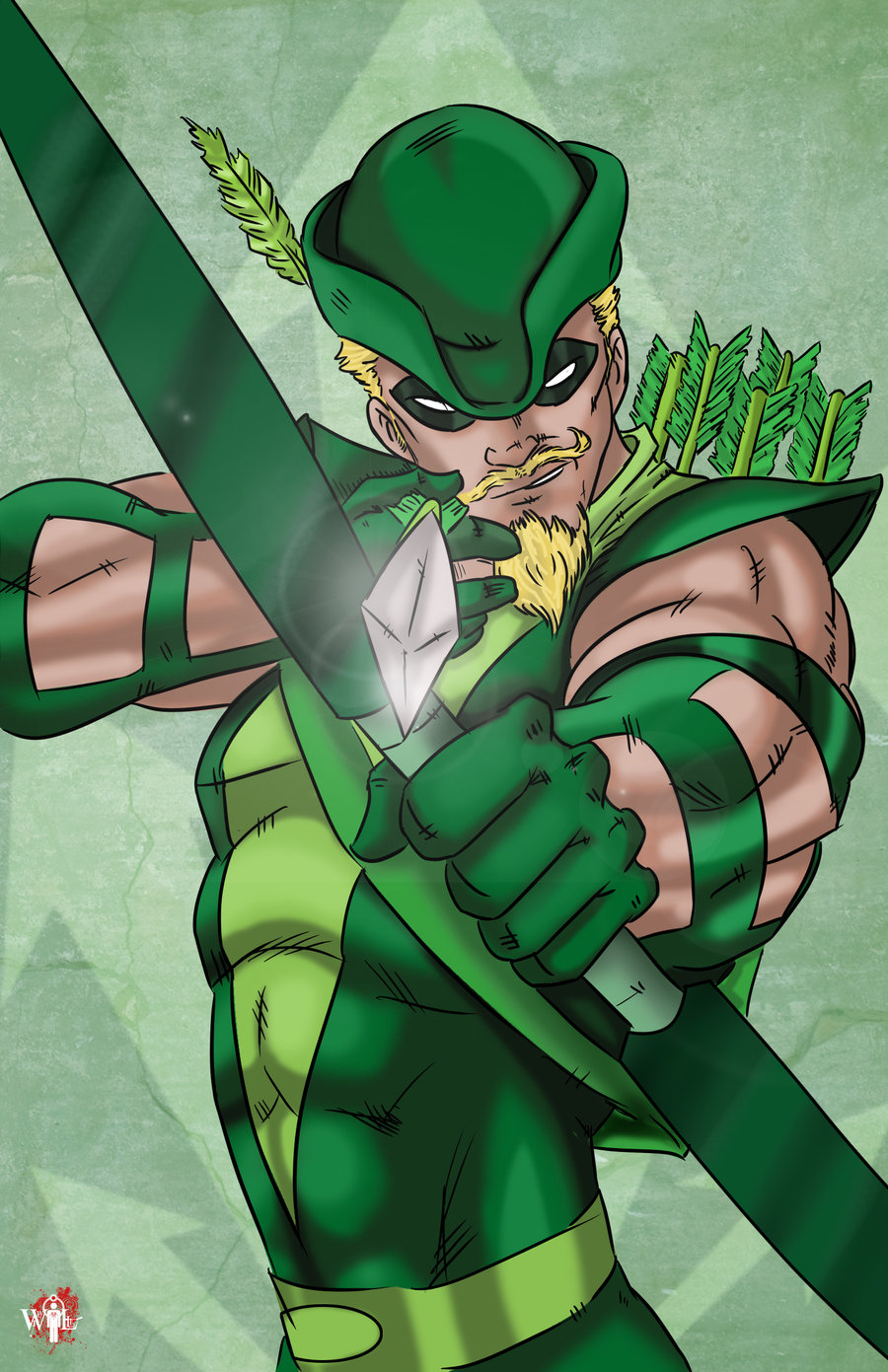



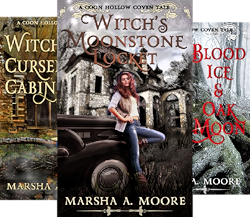









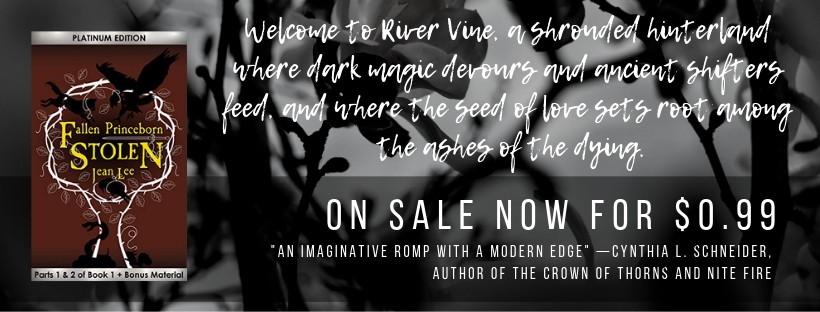






 Christopher Lee is the indie author of
Christopher Lee is the indie author of 
 Oh dear, this is something that I struggled with mightily. I wanted Samsara to be infinitely more complex than myself and slowly came to the realization that it was going to take more than I had in my toolkit. Writing the opposite gender is full of pitfalls which can either make or break your story. As a male, it was a struggle to craft a flawed, yet empowered eighteen-year-old girl that didn’t reek of male influence. I worked with a model I have seen in my own life as Sam is loosely based on my wife. I find that this process is helpful, especially when writing characters of the opposite gender, though it is also helpful in crafting characters of your own gender. Trust your heart, it knows how people interact, but you have to make sure to be honest in your assessments and resist the urges that don’t fit with the characters personality. Another thing to do is do personality tests as if you were the character. I find that to be thoroughly enlightening.
Oh dear, this is something that I struggled with mightily. I wanted Samsara to be infinitely more complex than myself and slowly came to the realization that it was going to take more than I had in my toolkit. Writing the opposite gender is full of pitfalls which can either make or break your story. As a male, it was a struggle to craft a flawed, yet empowered eighteen-year-old girl that didn’t reek of male influence. I worked with a model I have seen in my own life as Sam is loosely based on my wife. I find that this process is helpful, especially when writing characters of the opposite gender, though it is also helpful in crafting characters of your own gender. Trust your heart, it knows how people interact, but you have to make sure to be honest in your assessments and resist the urges that don’t fit with the characters personality. Another thing to do is do personality tests as if you were the character. I find that to be thoroughly enlightening.
 A lot of reading, researching and world-building. I basically compiled lists of the all the characters and figured out which major story-lines would work in concert with the others. The characters that play large roles in those story lines became my main POV characters. At first I wasn’t sure how I was going to tie them all together, but remarkably they all seemed to fall into place, as though the story itself was commanding itself to be written. Each Pantheon has their own story arch that will occur in Season One, mimicking major events in that cultures myth. I simply had to pick the characters that jived with that story-line and just follow the blueprint that the ancients left us, and whallla–Pantheon! I only pray that I have given it its proper due.
A lot of reading, researching and world-building. I basically compiled lists of the all the characters and figured out which major story-lines would work in concert with the others. The characters that play large roles in those story lines became my main POV characters. At first I wasn’t sure how I was going to tie them all together, but remarkably they all seemed to fall into place, as though the story itself was commanding itself to be written. Each Pantheon has their own story arch that will occur in Season One, mimicking major events in that cultures myth. I simply had to pick the characters that jived with that story-line and just follow the blueprint that the ancients left us, and whallla–Pantheon! I only pray that I have given it its proper due. This was a HUGE jump. After half a million words spent writing Nemeton in the Third Person Omniscient viewpoint, first person was like trying on someone else’s skin. I thought it would be more difficult than it was, but once I sat down and just started to click the keys it flowed out of me. I’ve enjoyed it thus far because I can go deeper with the character than I can in 3rd, but it does limit a great deal of what I can do. I bend the rules a bit because my characters all have a little of me in them, aka a hyperactive mind, which may not be to the liking of all readers, but hey man–this is fantasy. Suspend your beliefs when you walk through that door.
This was a HUGE jump. After half a million words spent writing Nemeton in the Third Person Omniscient viewpoint, first person was like trying on someone else’s skin. I thought it would be more difficult than it was, but once I sat down and just started to click the keys it flowed out of me. I’ve enjoyed it thus far because I can go deeper with the character than I can in 3rd, but it does limit a great deal of what I can do. I bend the rules a bit because my characters all have a little of me in them, aka a hyperactive mind, which may not be to the liking of all readers, but hey man–this is fantasy. Suspend your beliefs when you walk through that door.







 But what we don’t often see is a murder of crows kidnap a baby, which is what happens to Prue in the first line of Wildwood:
But what we don’t often see is a murder of crows kidnap a baby, which is what happens to Prue in the first line of Wildwood: